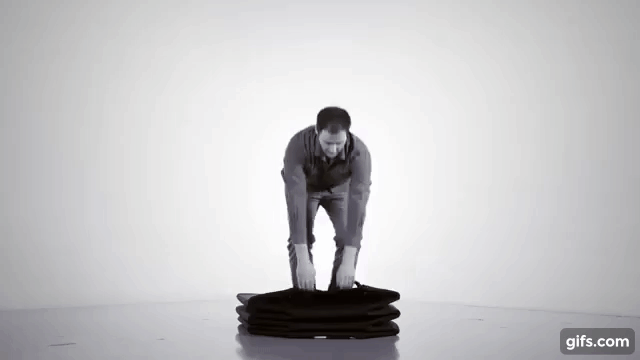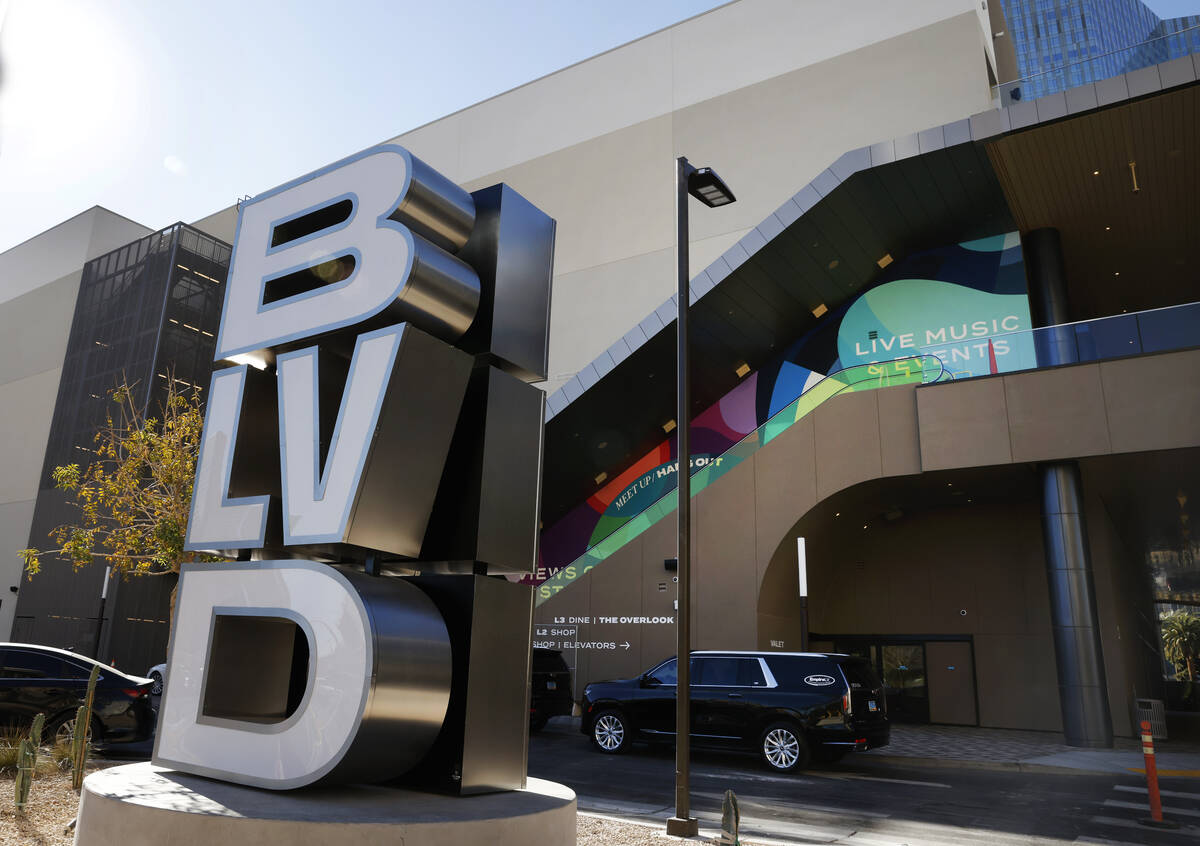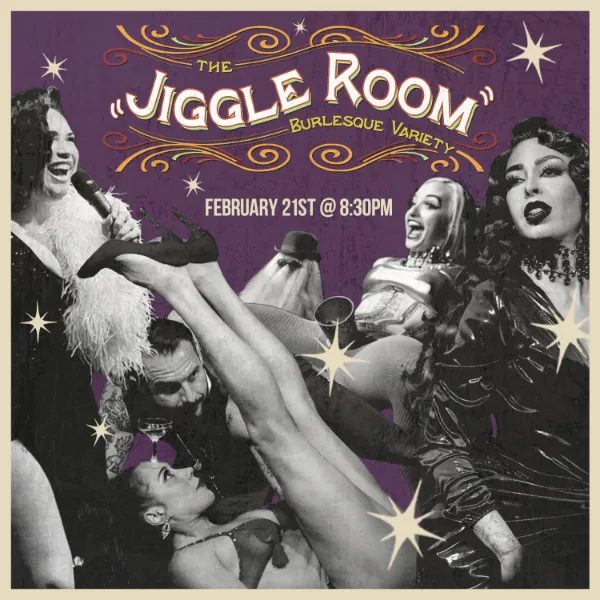Everything You Need to Know About the Las Vegas Buffet
Everything You Need to Know About the Las Vegas Buffet | Lyssa Park How the buffet became Las Vegas’s greatest magic trick The Las Vegas buffet is an attraction so iconic, so spectacular, so rife with opportunity that it has largely become synonymous with the the city itself. Since Vegas’s inception, people have journeyed into the desert with big dreams of striking it rich in the southern Nevada city. Back in the 1930s, those ambitions took the form of laborers who moved to the young city by the thousands to work on the Hoover Dam. The population boom led to the construction of the El Rancho — the first casino to open on what would become the Las Vegas Strip. In 1946, the El Rancho’s Chuck Wagon buffet began charging $1 entry to hungry gamblers on leave from the dam, the Air Force base, and a nearby magnesium plant. Eighty years later, the buffet remains a popular commodity — often located just off the casino floor. While the house is poised to always “win,” the buffet offers a tantalizing opportunity for travelers to succeed in getting their money’s worth by eating their weight in low-margin proteins. That’s only part of the appeal, though. While Las Vegas is home to some of the most esteemed restaurants in the country, the sheer volume of choice can easily overwhelm, especially when contrasted with the seemingly infinite possibilities of a buffet line. And then there’s the indulgence of it all. Las Vegas is the hospitality capital of the world, and the buffet is where that industry pulls off its greatest magic trick. Here, visitors will find a fantastical wonderland of pre-scored crab legs, glistening pork loin, precisely positioned sushi, and gleaming pans of short rib risotto — a destination in which the seafood counters and salad bars are immaculately stocked in perpetuity, where discarded plates vanish before customers return to the table, and where tiny cake cubes are glazed in perfect uniformity. Just a few years ago, Las Vegas had about 70 casino buffets. Today, there remains only 13 total. Those include three broad categories: The off-Strip loss leaders, the modest on-Strip brunch buffet, and the $100-range behemoths that vie for the designation of “best” with opulent dining rooms, towers of shellfish, and luxurious carving stations. While Vegas’s buffets are fewer and farther between, they are far from dead. So go big: The Las Vegas buffet is not a place to exercise restraint. To visit one is to immersively engage with the city’s history and ethos. Go ahead, have it all.


How the buffet became Las Vegas’s greatest magic trick
The Las Vegas buffet is an attraction so iconic, so spectacular, so rife with opportunity that it has largely become synonymous with the the city itself. Since Vegas’s inception, people have journeyed into the desert with big dreams of striking it rich in the southern Nevada city. Back in the 1930s, those ambitions took the form of laborers who moved to the young city by the thousands to work on the Hoover Dam. The population boom led to the construction of the El Rancho — the first casino to open on what would become the Las Vegas Strip. In 1946, the El Rancho’s Chuck Wagon buffet began charging $1 entry to hungry gamblers on leave from the dam, the Air Force base, and a nearby magnesium plant.
Eighty years later, the buffet remains a popular commodity — often located just off the casino floor. While the house is poised to always “win,” the buffet offers a tantalizing opportunity for travelers to succeed in getting their money’s worth by eating their weight in low-margin proteins. That’s only part of the appeal, though. While Las Vegas is home to some of the most esteemed restaurants in the country, the sheer volume of choice can easily overwhelm, especially when contrasted with the seemingly infinite possibilities of a buffet line.
And then there’s the indulgence of it all. Las Vegas is the hospitality capital of the world, and the buffet is where that industry pulls off its greatest magic trick. Here, visitors will find a fantastical wonderland of pre-scored crab legs, glistening pork loin, precisely positioned sushi, and gleaming pans of short rib risotto — a destination in which the seafood counters and salad bars are immaculately stocked in perpetuity, where discarded plates vanish before customers return to the table, and where tiny cake cubes are glazed in perfect uniformity.
Just a few years ago, Las Vegas had about 70 casino buffets. Today, there remains only 13 total. Those include three broad categories: The off-Strip loss leaders, the modest on-Strip brunch buffet, and the $100-range behemoths that vie for the designation of “best” with opulent dining rooms, towers of shellfish, and luxurious carving stations. While Vegas’s buffets are fewer and farther between, they are far from dead. So go big: The Las Vegas buffet is not a place to exercise restraint. To visit one is to immersively engage with the city’s history and ethos. Go ahead, have it all.



















